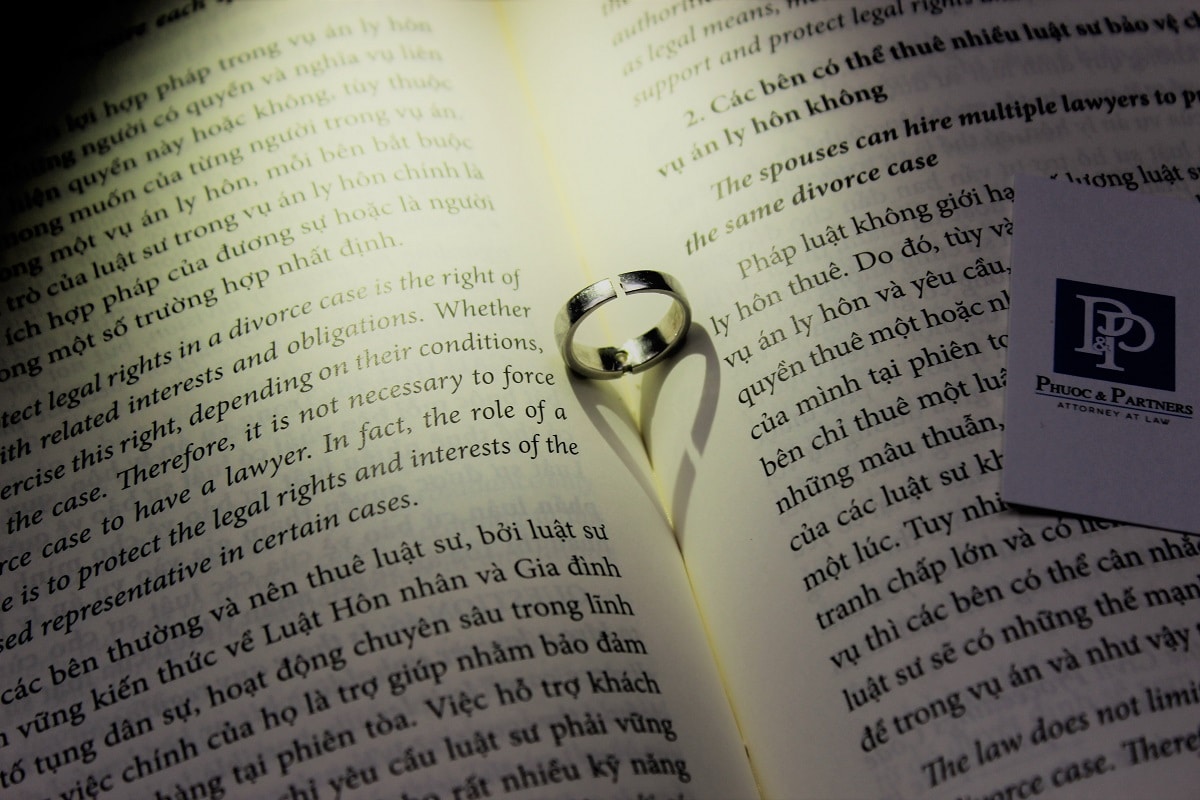In principle, the divorcing spouses are entitled to negotiate on all matters, including the division of properties. In cases where the spouses cannot reach an agreement on common property division, they can submit a request to the Court. The Court will consider and decide to apply the matrimonial regime according to the law (except for cases where the spouses have agreed to the property regime as agreed upon). Accordingly, when dividing the common properties of the spouses upon divorce, the properties shall be split in half, but other factors must also be taken into account to determine either spouse’s proportion of the properties.
Assets of a limited liability company include: (i) assets contributed by capital contribution members or its owner; (ii) assets established during operation of business. When dividing a common property of the spouses which is in part composed of capital contributions in a limited liability company whose debt is larger than its asset, one needs to, at first, assess the value of the company at the time of division of the properties. There are many methods of evaluating a company depending on different assessment criteria. For instance, based on the company’s financial report, the company’s asset value minus the value of debt it owes is the value used to calculate each spouse’s contribution of capital and effort, and divide the properties in accordance with the principle of protecting their respective contribution of effort and reasonable interests in business. If the value of company’s asset is negative or that the capital is simply brought to 0 or below 0, the following issues must be settled:
- According to the Law on Enterprises, if a member has contributed sufficient capital as committed, he or she is only accountable for the company’s liability within his or her contribution to the committed capital[2]. Therefore, even though the company is liable for debts in excess of its asset value, the capital contributor shall not be responsible for the exceeding value of liability. Therefore, the capital contributor’s spouse, who is not a member of the company, has no responsibility regarding its asset; and
- As analysed in this Book, a capital contribution is a type of property right. According to Article 115 of the Civil Code 2015, property rights are rights which can be valued monetarily. Therefore, if the capital of a company is determined to be 0 or less than 0, it can be understood that at this time, the capital contribution is no longer a property right and no longer an asset. Therefore, in this case, the Court’s decision not to divide the contributed capital in the company is the most reasonable. Indeed, it is unreasonable to divide the capital contribution by giving it all to one of the spouses while he or she has to compensate the other for the difference. Because the value of their capital contribution no longer exists and that the possession of such capital contribution does not generate income, thus dividing the properties in the way mentioned above is, again, unreasonable
[2] Article 47.1.(b) of the Law on Enterprises 2014
If you would like more information on how we can assist you with divorce issues, please contact us at: +84 (28) 36223522 or email us at info@phuoc-partner.com

